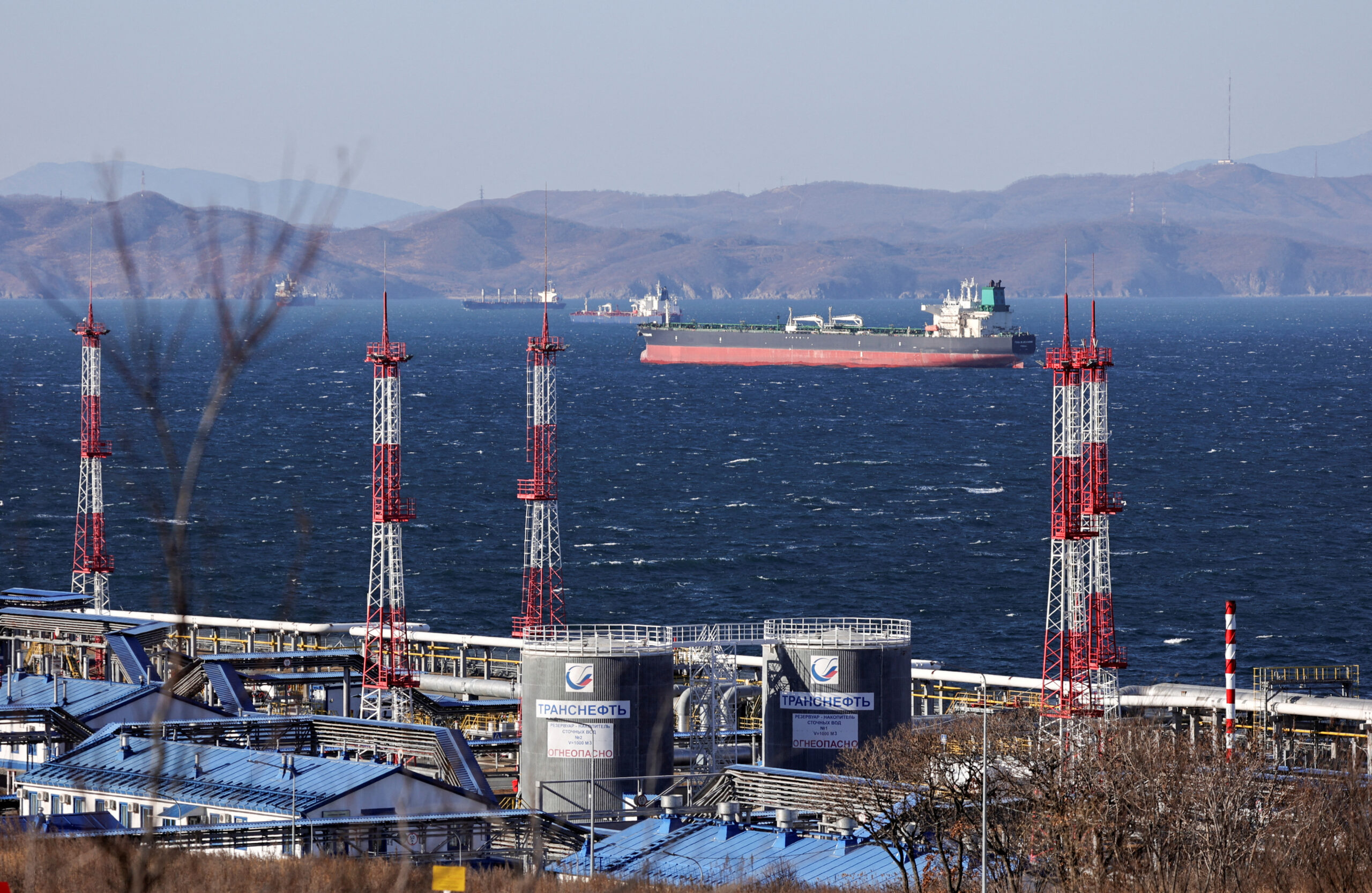As container shipping’s historic pandemic-fueled bull run comes to an end, ocean carriers are entering a period of “managed decline” where capacity management will be key to maintaining super-cycle gains in the next year, says maritime research consultancy Drewry.
Carriers had it a little too good during the pandemic as an upsurge in demand combined with chronic supply chain congestion pretty much guaranteed profit windfalls. According to Drewry, ocean carriers have seen earnings before interest and taxes (EBIT) of over $400 billion since the second quarter of 2020—just a remarkable number compared to past performance.
“Carriers didn’t really have to do too much to fall into the profit bonanza of the past two years,” says Drewry. But now that the market is “in a tailspin” as high-inflation saps consumers’ spending power and spot rates have fallen considerably from September 2021’s peaks, carriers will need to work much harder to keep profits going forward.
In the latest Container Forecaster, Drewry poses the question: do carriers have the tools to mitigate the upcoming supply and demand shocks?
What carriers do do next will go a long way in answering that as the sector is entering a period of “managed decline.”
“Failure here will mean that the industry will be doomed to return to the low-margin pre-pandemic trend. A golden opportunity to reset expectations will be lost, possibly forever,” says Drewry.
While carriers have no control over demand for container shipping services, the one thing they can control is the supply of ships, and it seems this critical piece is being “attacked on multiple fronts.”
Easing congestion means “lost” capacity is returning to the market, expedited by an ailing demand, according to Drewry. Also, as a result of over-ordering during the boom, a wave of new containerships hitting the water in 2023 will add an additional supply of 2.6 million TEUs.
Read: 1 in 5 Containerships Globally Are Stuck Waiting Outside Congested Ports
Drewry says it’s the speed with which the market has turned that leads it to believe that “carriers will fight back with more proactive capacity adjustments than previously envisioned.”
“In our analysis we argue that following consolidation and alliance restructuring carriers are better placed now to tackle the “danger” years than ever before, and that they will pull the right capacity levers to ensure a soft landing for the market,” says Drewry.
“The fact that carriers have not halted the precipitous decline in the spot market (that has run for 31 weeks at the time of writing), might suggest otherwise, but it must be remembered that rates are still very profitable, even at their recently diminished values.
“Carriers will have accepted that prices and profits were unstainable and a correction was inevitable at some point. In our view, the group-think has been to milk those profits for as long as possible, but start cutting back when rates sink close to a level that would be acceptable in the long run. Recent news of more East-West service suspensions, including a 2M Transpacific loop, indicates that time is now,” Drewry says.
Carriers are unlikely to sit by as spot rates continue to tumble, with Drewry forecasting near-record levels of demolitions in 2023, among other “levers” to control the supply side.
“To maintain profitable business they will look to offload as many older, more polluting ships from the market as quickly as they can… This capacity reducing lever will be pulled along with others, namely pushing back deliveries of newbuilds and greater idling, effectively calling on shipbuilders and independent owners to share some of the supply burden,” Drewry says.
Still, carriers face an uphill battle in 2023. If successful, they’ll have a chance of keeping their profits from returning to pre-pandemic levels.
“Assuming carriers do exactly as we expect, those combined actions will still be insufficient to fully bridge the supply-demand gap next year, with an estimated net increase in effective capacity of 11.3%, way above the projected demand growth of 1.9%. Adding in missed sailings will, however, get them closer and should be enough to keep freight rates and profits above 2019 levels.,” according to Drewry.
“If they succeed next year they will need to rinse and repeat for 2024.”
Drewry’s Container Forecaster report, containing in-depth container market analysis and forecasts, can be purchased on Drewry’s website.

 Join The Club
Join The Club











